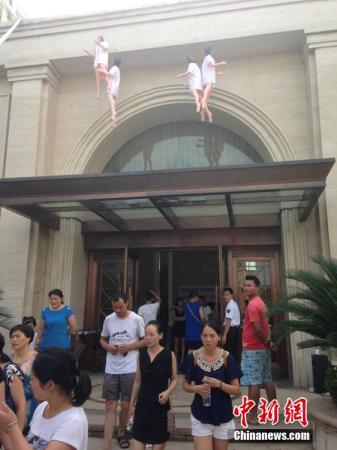Cross-posted from Investing in Chinese Stocks.
A number of stories on China’s property shakeout are worth reporting today. The first is that local government land sales fell 40% across 300 cities in August, led by third- and fourth-tier cities. Average land prices were up in some cases, but the number and total size of transactions fell in most cities:
By region, in the first-tier cities, Beijing high quality average land prices increased, supply fell and transactions were flat. Second-tier land supply remained stable, trading volume and price down, drop in sales narrowed. Third- and fourth-tier city declines in transactions and sales were the largest of any cities, the average price was down slightly.
Next up, new loans in China may have hit 700 billion yuan in August, falling below expectations as mounting bad loans put pressure on lending, the China Securities Journal reported.
The figure far exceeded the 385 billion yuan in new loans reported in July but fell short of analysts’ expectations of 750 billion yuan.
Also, there are better signs in a volume pick up in Hangzhou following the lifting of buying restrictions. All restrictions were lifted at the end of August, so September should be even better considering it is also a big month for sales. Price is still in a downtrend, though.
Finally, more unhappy protesters at house price falls got more creative with the use of inflatable dolls:

Similar story to elsewhere, although a twist in this case is the homeowners claim the developer last year said prices would never be cut.

